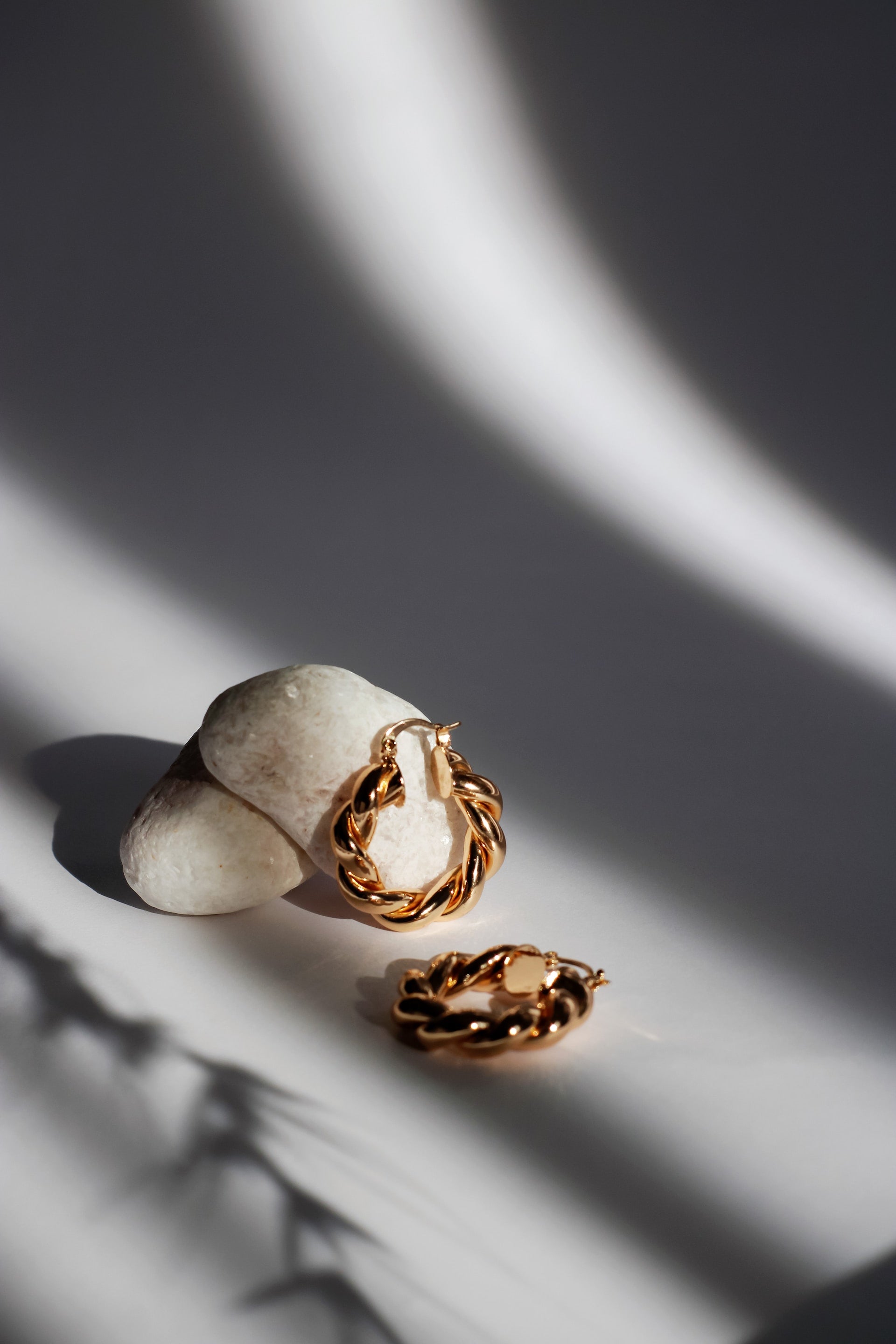
Difference Between 10K, 14K & 18K Gold
Gold is a precious metal that has been valued for centuries. It is used in jewelry, coins, and other decorative items. When shopping for gold jewelry, you may come across terms like 10K, 14K, and 18K. But what do these terms mean? Is there a difference between them? Let's find out.
What is 10K Gold?
10K gold, also known as 10 karat gold, is an alloy made up of 10 parts gold and 14 parts other metals, such as copper, silver, or zinc. The percentage of pure gold in 10K gold is 41.7%. It is the lowest karat gold that can be legally sold as "gold".
What is 14K Gold?
14K gold, also known as 14 karat gold, is an alloy made up of 14 parts gold and 10 parts other metals. The percentage of pure gold in 14K gold is 58.3%. It is the most common type of gold used in jewelry, as it offers a good balance between durability and purity.
What is 18K Gold?
18K gold, also known as 18 karat gold, is an alloy made up of 18 parts gold and 6 parts other metals. The percentage of pure gold in 18K gold is 75%. It is considered a high-quality gold and is often used in fine jewelry and luxury watches.
How to Tell the Difference?
Now that you know the composition of 10K, 14K, and 18K gold, you might wonder how to tell them apart. One way is to look for markings on the jewelry. In the United States, jewelry made of gold must be stamped with a hallmark indicating its karatage. For example, a piece of jewelry made of 10K gold will be stamped with "10K" or "417" (referring to the 41.7% pure gold content).
Another way to tell the difference is by the color of the gold. 10K gold tends to have a paler yellow color compared to 14K and 18K gold. This is because of the higher percentage of other metals in the alloy. 14K gold has a richer, warmer yellow tone, while 18K gold has an even deeper, more vibrant yellow color.
Which Karat Gold Should You Choose?
The choice between 10K, 14K, and 18K gold depends on your personal preferences and needs. Here are a few factors to consider:
1. Purity: If you prefer a higher percentage of pure gold, 18K gold is the way to go. It offers a luxurious look and is less likely to cause skin irritation for those with sensitive skin.
2. Durability: 10K gold is the most durable of the three due to its higher percentage of other metals. It is less prone to scratches and dents, making it a good choice for everyday wear.
3. Price: As the karatage increases, so does the price. 10K gold is generally more affordable than 14K and 18K gold. If budget is a concern, 10K gold might be the best option.
Ultimately, the choice between 10K, 14K, and 18K gold comes down to personal preference, budget, and the intended use of the jewelry. Whether you opt for the affordability of 10K gold, the balance of 14K gold, or the luxury of 18K gold, you can be sure that you are wearing a precious metal that has stood the test of time.

Leave a comment
This site is protected by hCaptcha and the hCaptcha Privacy Policy and Terms of Service apply.